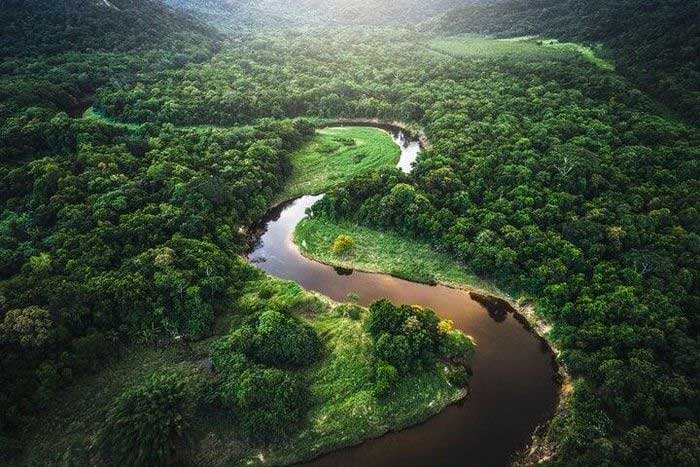Recent discoveries have shown that the Amazon rainforest is not only a rich biological environment but also the site of many incredible lost civilizations.
The Amazon is one of the most biodiverse places on the planet, home to approximately 3 million species living beneath its lush, humid tropical canopy. However, due to the dense vegetation and harsh landscapes, the Amazon has never been a dwelling for the major ancient civilizations found elsewhere in the Americas.

According to estimates, about 90% of Amazon’s history remains unexplored.
New research by scientists at the French National Center for Scientific Research, published in the journal Science, has revealed the ruins of an ancient city in the Upano Valley in eastern Ecuador, along the Andes mountains.
By mapping an area of 115 square miles using Light Detection and Ranging (LIDAR) technology, the research team discovered evidence of a 2,500-year-old settlement (named Sangay), which may have once been home to 10,000 to even 100,000 people at its peak.
“This new discovery changes how we perceive Amazonian culture,” co-author of the study Antoine Dorison shared, “Most people imagine small groups, perhaps living in huts and foraging the land, but the research shows that ancient peoples lived in much more complex urban environments.”
Regardless of the identity of the inhabitants, they likely thrived from around 500 BC until approximately 300 to 600 AD. The LIDAR scans revealed multiple layers of structures, such as squares, organized streets, and various drainage systems. Notably, a complex road system extends nearly 6 miles.
These roads appear to connect multiple urban centers, similar to how the Maya in Mexico and Guatemala arranged their urban networks. Interestingly, the roads are almost straight and have right angles, showcasing a level of construction complexity that is difficult to achieve in the Amazon’s terrain.
The diet of these ancient residents has also been illuminated through traces of fields and drainage systems. Scientists speculate that the cities may have cultivated staple crops such as corn, beans, sweet potatoes, and cassava.
According to estimates, about 90% of Amazon’s history remains unexplored. However, new technologies are shedding light on the ancient past of this region and raising questions about what we truly know about this pristine, beautiful place.





















































